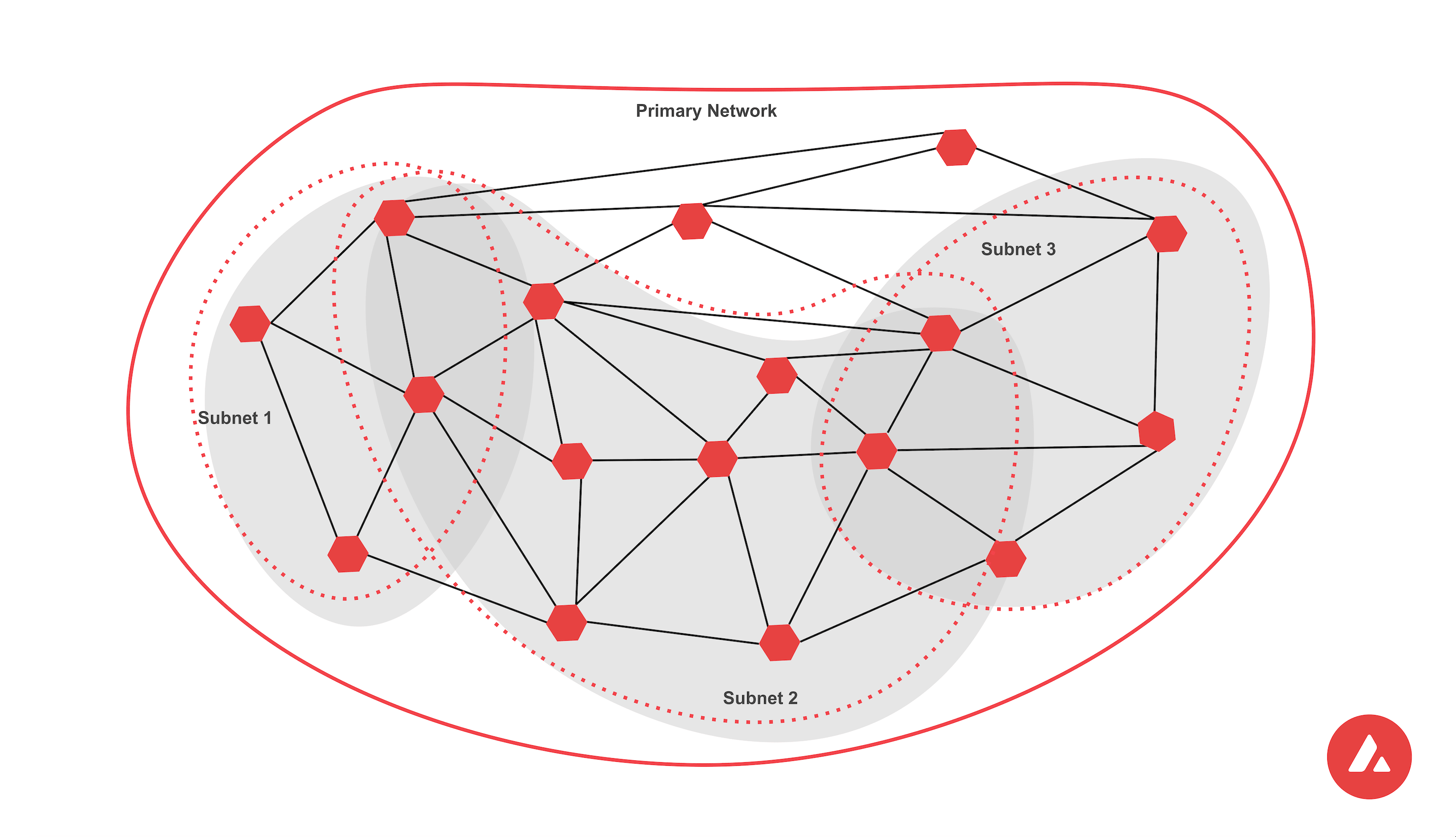Subnets High-level Metrics
Introduction
On Avalanche, a Subnet—abbreviated as "subnetwork"—comprises a group of nodes, also known as validators, collectively responsible for achieving consensus on transactions associated with one or more blockchains. Think of it as a network within a network or, alternatively, a network built atop a larger one.
A Subnet defines its own rules concerning membership and token economics. Each blockchain is validated by exactly one Subnet, while a Subnet can validate multiple blockchains.
Several advantages of subnets on Avalanche include easy scalability, reduced gas fees, increased transactions per second, interoperability, validator selectivity, and extensive customization options.
Avalanche's Primary Network is a unique Subnet hosting three blockchains: The Platform Chain (P-Chain), The Contract Chain (C-Chain), and The Exchange Chain (X-Chain)
Presently, there are more than 60 subnets on Avalanche.
This dashboard aims to leverage available APIs, primarily https://subnets.avax.network/, to offer fundamental high-level metrics.
Method and Data
The "Subnets" tab will provide basic metrics, including the block height of five selected subnets, using the https://subnets.avax.network/ API.
On this tab, we will specifically compare and analyze the token data of two crucial subnets: DFK and DEXALON. We will display trading volume, market capitalization, and price using the CoinGecko API.
On the "Explorer" tab, it will be possible to display the balance and the number of transactions for specific addresses using the avax.subnets API.
We have utilized Flipside's studio liveQuery feature to integrate CoinGecko and AVAX.Subnets APIs.

More about the Author
- Twitter: @SocioCrypto
- Discord: SocioCrypto
- Flipside Profile: https://flipsidecrypto.xyz/SocioCrypto
- Avalanche Highlevel Dashboard link